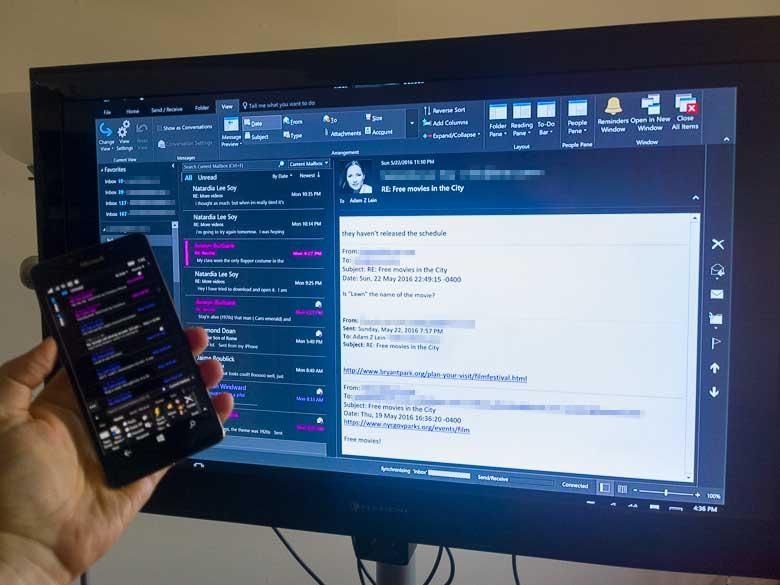Could 2017 be the year of the computing singularity? The current plotline is that Google is to merge its mobile Android interface and the desktop-focused Chrome OS into more agile software that can pull some heavy duty on the go.
Dell may or may not be chewing through the gristle of a Windows 10 mini-tablet that comes with an x86 chipset and an ecosystem of docks to bring full-scale tasks everywhere you go.
But Microsoft may end up bridging the divide between x86 performance and ARM capacity with a Windows 10 update, dubbed Redstone 3, enabling emulation.
it looks like Windows’s hybrid x86-on-ARM64 tech has a new name “CHPE”, whatever it means ? maybe something like Compound Hybrid PE ? pic.twitter.com/aW1RLYU3dM
— WalkingCat (@h0x0d) November 21, 2016
ZDNet is reporting from its sources that Microsoft could be working with HP to enable x86 emulation on ARM. A repository reference, pulled up by @h0x0d on Twitter, has hit upon a four-letter codename for a such an emulation project. “CHPE” may ultimately stand for “Cobalt HP Emulation”, with “Cobalt” being the name of the project and “HP” potentially being a partner.
This x86-ARM64 emulation endeavor has been in the works since early this year and is being targeted towards phones and perhaps tablet or desktops.
Officials from HP have told Mary Jo Foley that most enterprise customers who use the Elite x3 smartphone, which runs Windows 10 Mobile, usually also utilize a third-party virtual machine or remote desktop solution like Citrix. The need for a more natural, single-source solution may prove to be more friendly for these types.
Emulation development is dependent on the Qualcomm’s Snapdragon 835 release path — we learned today that the MSM8998 part number correlates to the 835.
An estimated time for arrival for CHPE is for fall 2017, the earliest that we’ve heard that a Surface Phone may come along. Combine all those factors with Continuum and we may see a pretty intense competitor in the mobile field.

